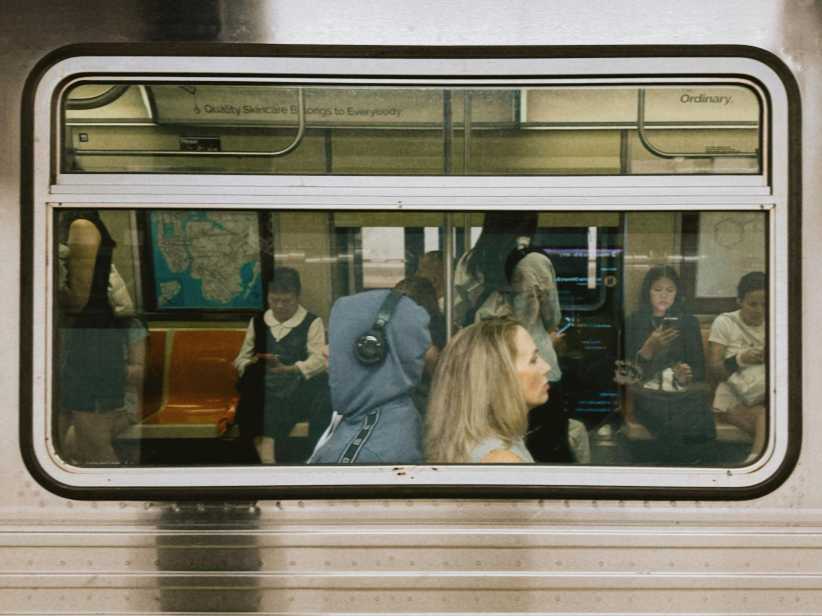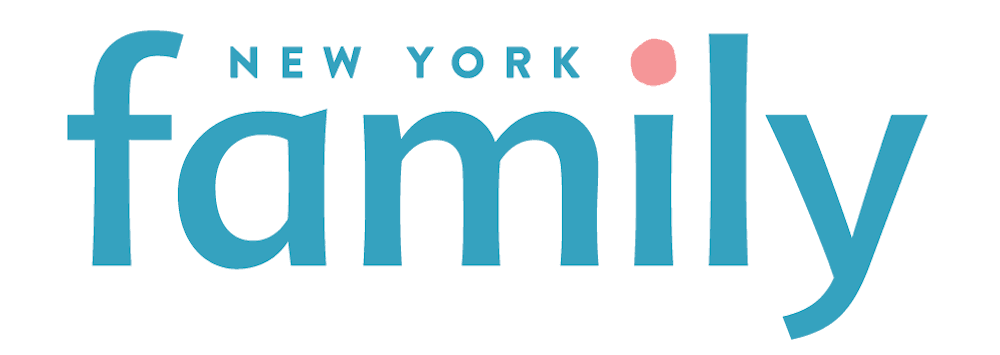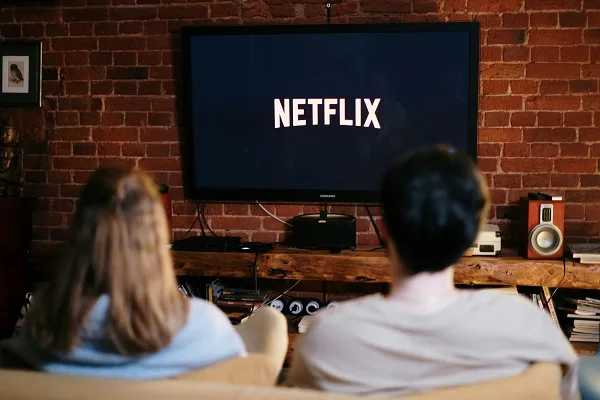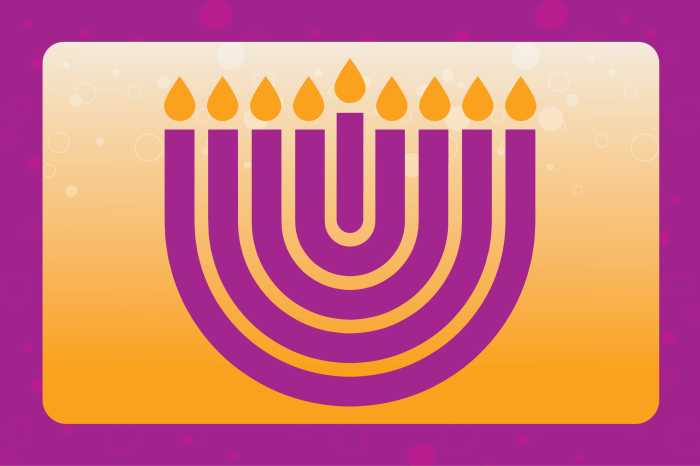
5G Cell Service Coming to NYC Subways: What Parents Need to Know About G, 4, and 5 Train Upgrades
If you’re a parent in the city, the subway is probably part of your daily routine, including getting kids to school, commuting to work, or letting your teen get around on their own. If your kid’s on the G train, you’ve probably heard complaints about the dreaded underground dead zones where texts freeze, and calls and music vanish. So here is some good subway news: 5G service is finally coming to the G, 4, and 5 train lines.
The service is slated to start this fall. It will enable riders on the G train between Court Street and Hoyt-Schermerhorn in Brooklyn to stay fully connected underground.
Psst… Check Out Farewell NYC MetroCards: MTA to End Sales
In addition, the 4 and 5 trains between Bowling Green in Manhattan and Borough Hall in Brooklyn are also being wired for 5G, with service expected to roll out by the end of the year. Looking ahead, parts of the A and C lines are next in line, as part of the MTA’s larger plan to modernize all subway signals and boost connectivity all around.
Staying Connected Is Important for Parents and Kids
Of course, this upgrade is much more than just a tech perk because, as any parent knows, having uninterrupted cell service underground translates into something crucial: peace of mind. Having the ability to check on a teen heading home from school or sending a last-minute text about after-school pickup or change of plans is invaluable. Plus, it goes both ways and gives kids a safety net if they get lost, have travel issues or are running late.
More Connectivity to Come
This is all part of the MTA’s $600 million initiative to install full cell service across all 418 miles of subway tunnels, turning what was once a black hole for communication into a fully connected transit system. The goal is ambitious: to provide nonstop mobile and internet access across every subway line, so riders can scroll, stream, text, and talk for the entire ride, instead of just when the train pulls into a station.
So far, only the 42nd Street Shuttle and the L train’s Canarsie Tunnel have been fully wired. The complete project will understandably take some time and is expected to wrap in 2032.
The project is being fully funded by a private company, Boldyn Networks (formerly known as Transit Wireless), in exchange for exclusive rights to manage and monetize the wireless network. According to MTA Chair and CEO Janno Lieber, the installation is happening “at no cost to riders or taxpayers.”
Fares Continue to Increase
That being said, while better cell service is great news, subway fares are still expected to go up in August. The MTA hasn’t confirmed the exact number, but reports say a 4% increase is likely, bumping the fare from $2.90 to $3.
MTA Chair Janno Lieber says the extra money is needed to keep the system running and affordable for the long haul. Still, some riders are notably frustrated, pointing out that service hasn’t exactly improved with past fare hikes.
On top of that, the MTA is losing hundreds of millions each year to fare evasion, which Lieber says is hurting the budget big time. The agency is cracking down with more enforcement, new gates, and tighter controls at turnstiles, but it’s clear the subway system is juggling a lot.
Psst… Check Out MTA Approves Fare Hike, Here’s What You’ll Pay This Summer














